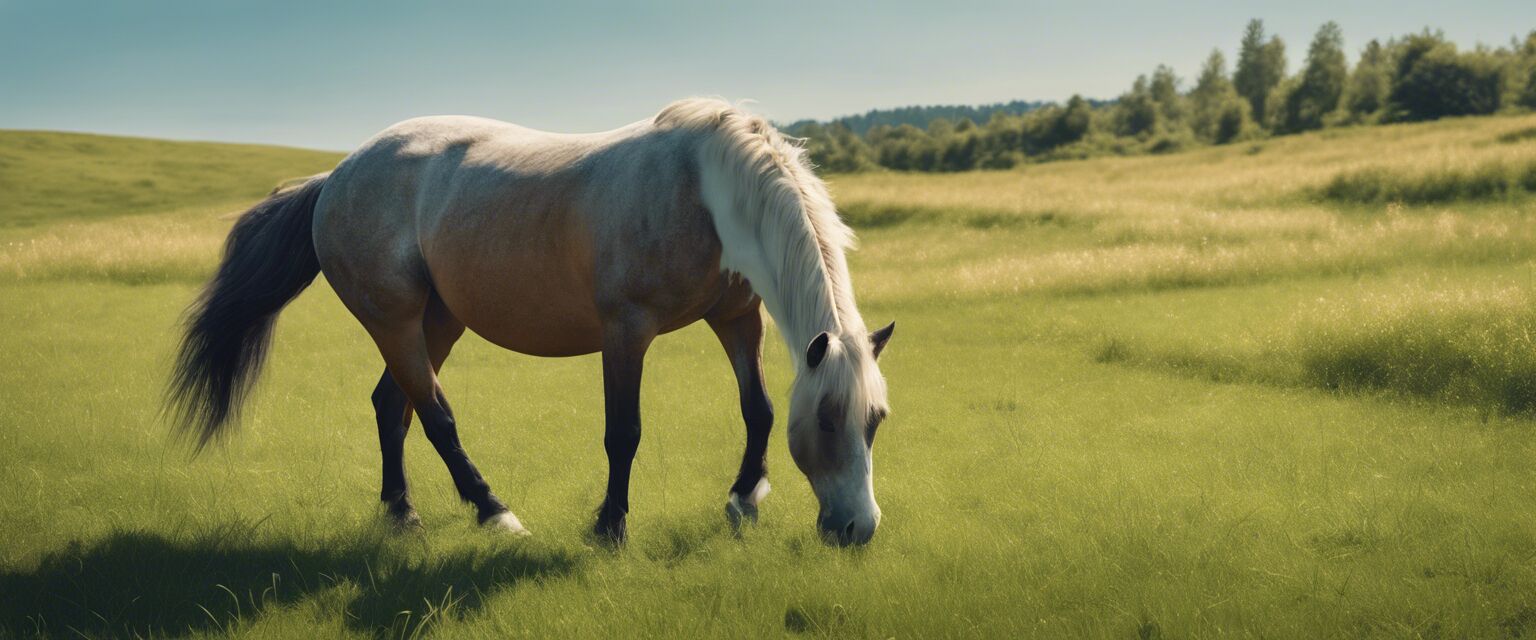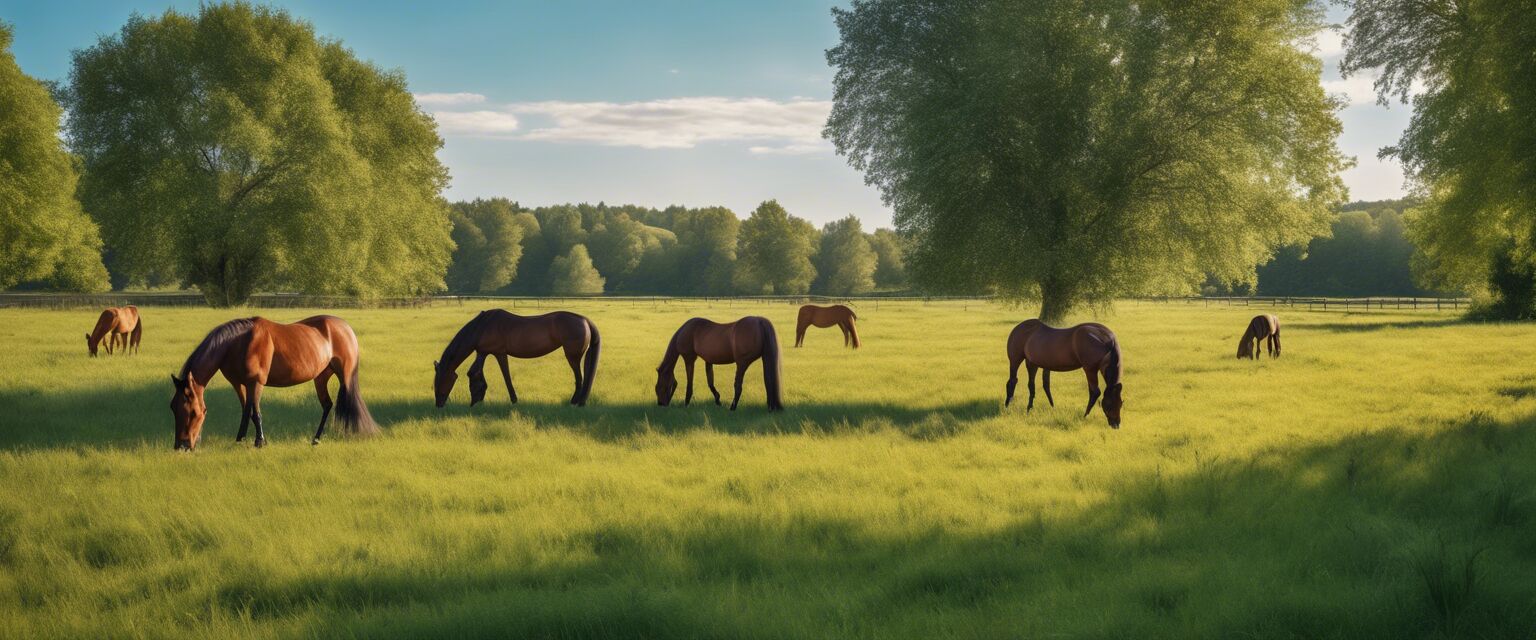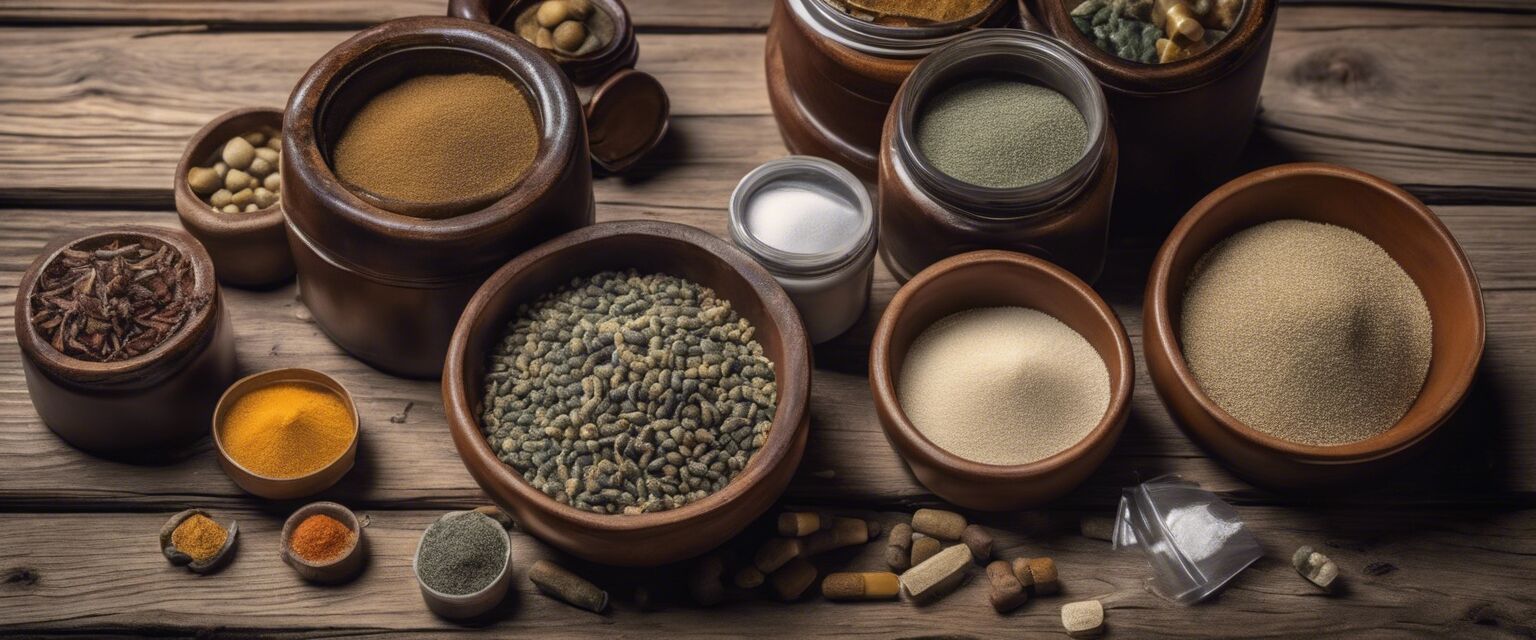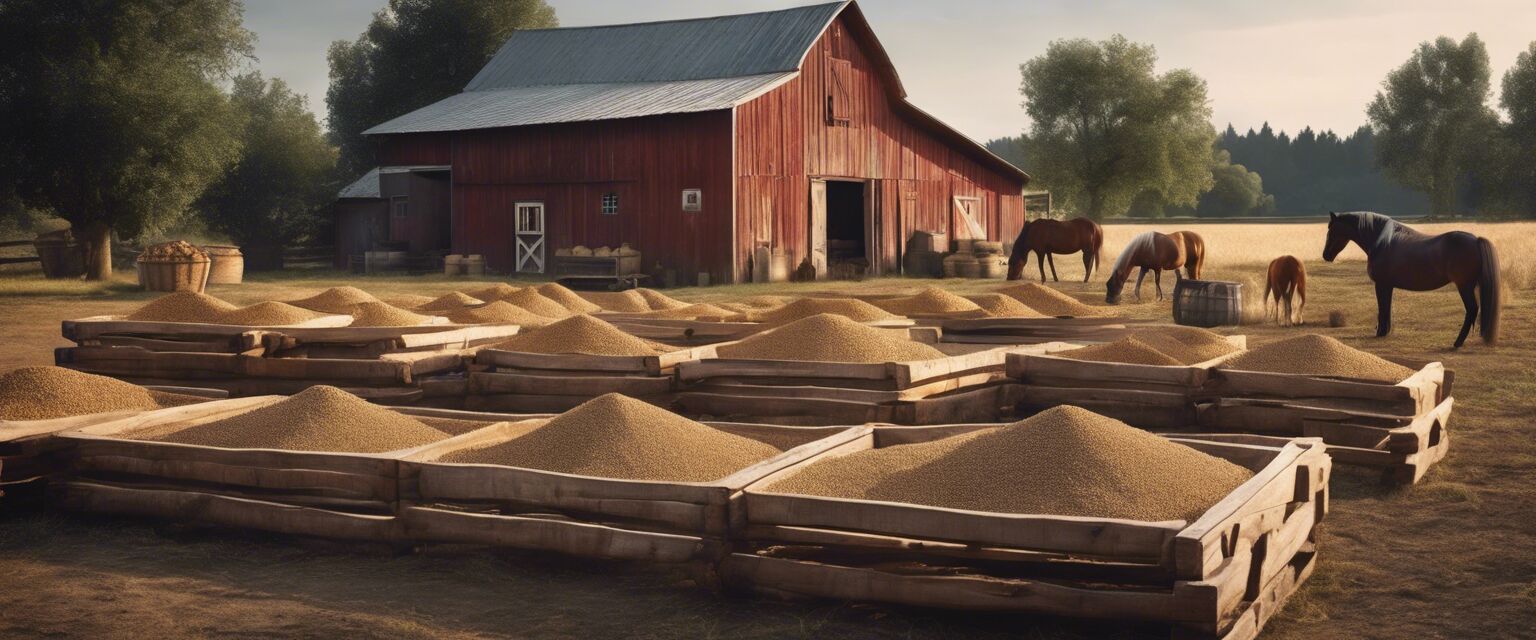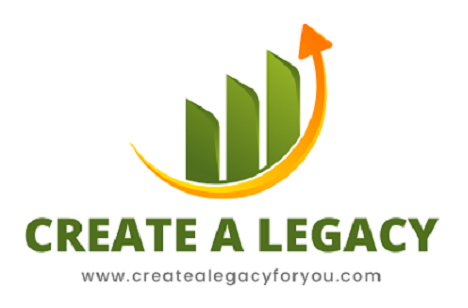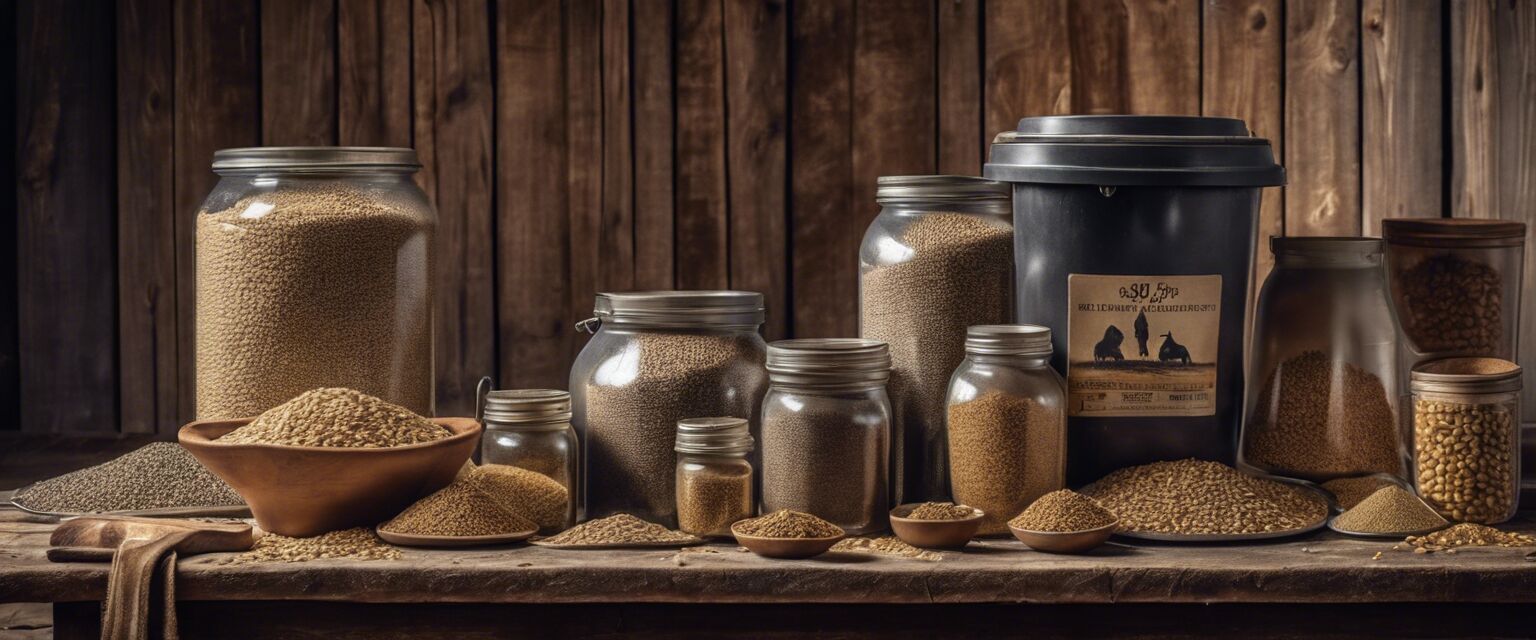
Product Reviews
Key Takeaways
- Understanding the nutritional needs of your horse is essential for optimal health.
- Different horse feeds serve various dietary requirements and preferences.
- Comparing products can help you make informed decisions on horse feeding options.
- Regular evaluation of feeding strategies helps ensure your horse's well-being.
Welcome to our comprehensive guide on horse feed product reviews. In this article, we will explore various horse feeds and related products, providing you with insights, comparisons, and essential information to help you choose the best options for your equine friend.
Why proper horse feeding is crucial
Feeding your horse the right diet is a critical component of their overall health and performance. Horses have unique nutritional needs that vary based on their age, weight, activity level, and health status. By selecting the appropriate feeds and supplements, horse owners can support their animal's growth, energy levels, and immune system.
Types of horse feeds
There are various categories of horse feeds available on the market. Below is a summary of the different types:
| Type of Feed | Description |
|---|---|
| Grain | High-energy feed typically made from oats, barley, or corn. |
| Pellets | Compressed feed that provides balanced nutrition in a convenient form. |
| Hay | Dried grass or legumes that provide fiber and essential nutrients. |
| Supplements | Additional nutrients to support health, such as vitamins and minerals. |
Comparing popular horse feeds
Here, we will compare some popular horse feeds based on their nutritional content, ingredients, and overall value.
| Feed Type | Nutritional Content | Main Ingredients | Price Range |
|---|---|---|---|
| Grain Mix | High energy, low fiber | Oats, corn, molasses | $15 - $25 per bag |
| Complete Feed | Balanced nutrition, moderate energy | Pellets, hay, vitamins | $20 - $30 per bag |
| Timothy Hay | High fiber, low energy | Timothy grass | $10 - $20 per bale |
| Vitamin Supplement | Essential vitamins and minerals | Calcium, phosphorus, electrolytes | $25 - $50 per container |
Feeding strategies for your horse
Implementing effective feeding strategies can help ensure your horse receives the proper nutrition. Here are some tips:
Beginner's section
- Always provide fresh, clean water alongside feed.
- Feed according to your horse's weight and activity level.
- Introduce new feeds gradually to avoid digestive issues.
- Store feed in a cool, dry place to maintain freshness.
Understanding horse supplements
Supplements can play an essential role in complementing your horse's diet. They can provide additional nutrients that may be lacking in their primary feed. Here are some common types of supplements:
- Joint supplements - often contain glucosamine and chondroitin.
- Probiotics - support digestive health.
- Electrolytes - help replenish lost minerals after exercise.
Pros and cons of various horse feeds
Pros
- Variety of feeds available to meet different nutritional needs.
- Convenient options such as pellets and complete feeds.
- Some feeds are specifically formulated for performance horses.
Cons
- Some feeds may contain fillers that provide little nutritional value.
- Cost can vary significantly between different types of feeds.
- Choosing the wrong feed can lead to health issues.
Frequently asked questions about horse feeding
1. How much should I feed my horse?
The amount of feed depends on your horse's weight, age, and activity level. A general guideline is to feed 1.5% to 2% of their body weight in forage daily.
2. Can I mix different feeds?
Yes, but itâs essential to introduce new feeds gradually to avoid digestive upset. Always consult with a veterinarian for personalized advice.
3. What are the signs of poor nutrition in horses?
Signs may include weight loss, dull coat, poor hoof condition, and lethargy. If you notice these symptoms, consult a veterinarian.
Conclusion
Choosing the right horse feed is crucial for your horse's health and performance. By understanding the various types of feeds available and comparing them based on nutritional content and price, you can make informed decisions that benefit your equine companion. For more information on feeding equipment and strategies, check our Feeding Equipment and Feeding Strategies pages.



